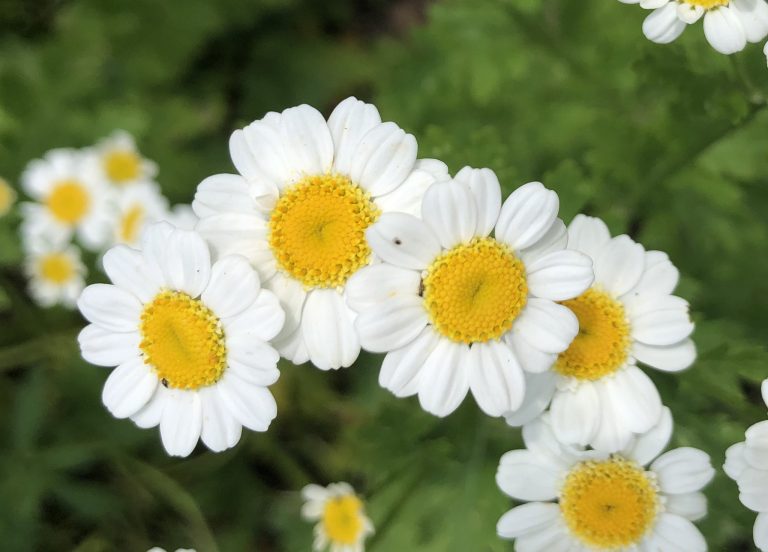Of all the medicinal herbs that begin with C — the next stop in our herbal alphabet — none is so widely recognized for its ability to heal as comfrey. As luck would have it, this valuable plant is also super easy to grow.
Used for centuries for both topical and internal healing, comfrey’s reputation was sullied when questionable research found an alarming correlation with comfrey and liver damage. Here we will discuss comfrey and its traditional uses, along with its healing properties, reasonable precautions, recommended applications, and how to grow this amazing plant.
Comfrey plant
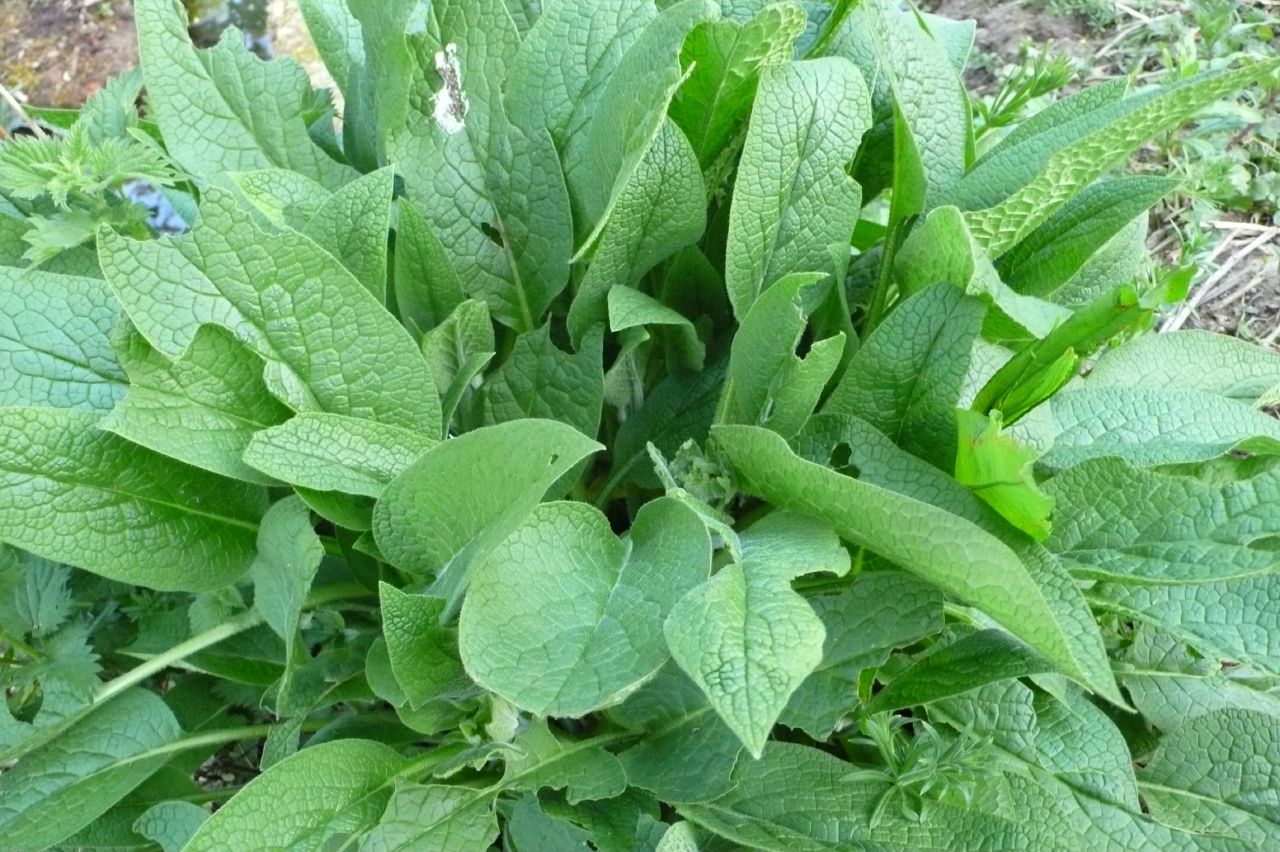
Comfrey (Symphytum officinale) is an herbaceous member of the Borage (Boraginaceae) family found in much of Europe, Asia, and North America. Most commonly grown in the US is the hybrid Russian comfrey (Symphytum x uplandicum), which does not produce viable seed. It is hardy in USDA planting zones four through nine.
This loosely branching perennial typically grows around three feet tall and wide; with large, lanceolate leaves and clusters of bell-shaped, blue to violet flowers. Like most members of the borage family, comfrey has small hairs on the leaves that render them slightly more prickly than fuzzy, and can cause skin irritation in some.
Mature comfrey has a deep root system that is able to gather nutrients that shallow-rooted plants can’t access. Producing copious quantities of foliage throughout the growing season, comfrey can be cut and come back multiple times each year.
Success
You are now signed up for our newsletter
Success
Check your email to complete sign up
Both the leaves and the root were used extensively for healing during ancient times up through the Middle Ages, when it was often included in cottage gardens. Its common names “knitbone” and “boneset” are no subtle hints to its powerful healing properties.
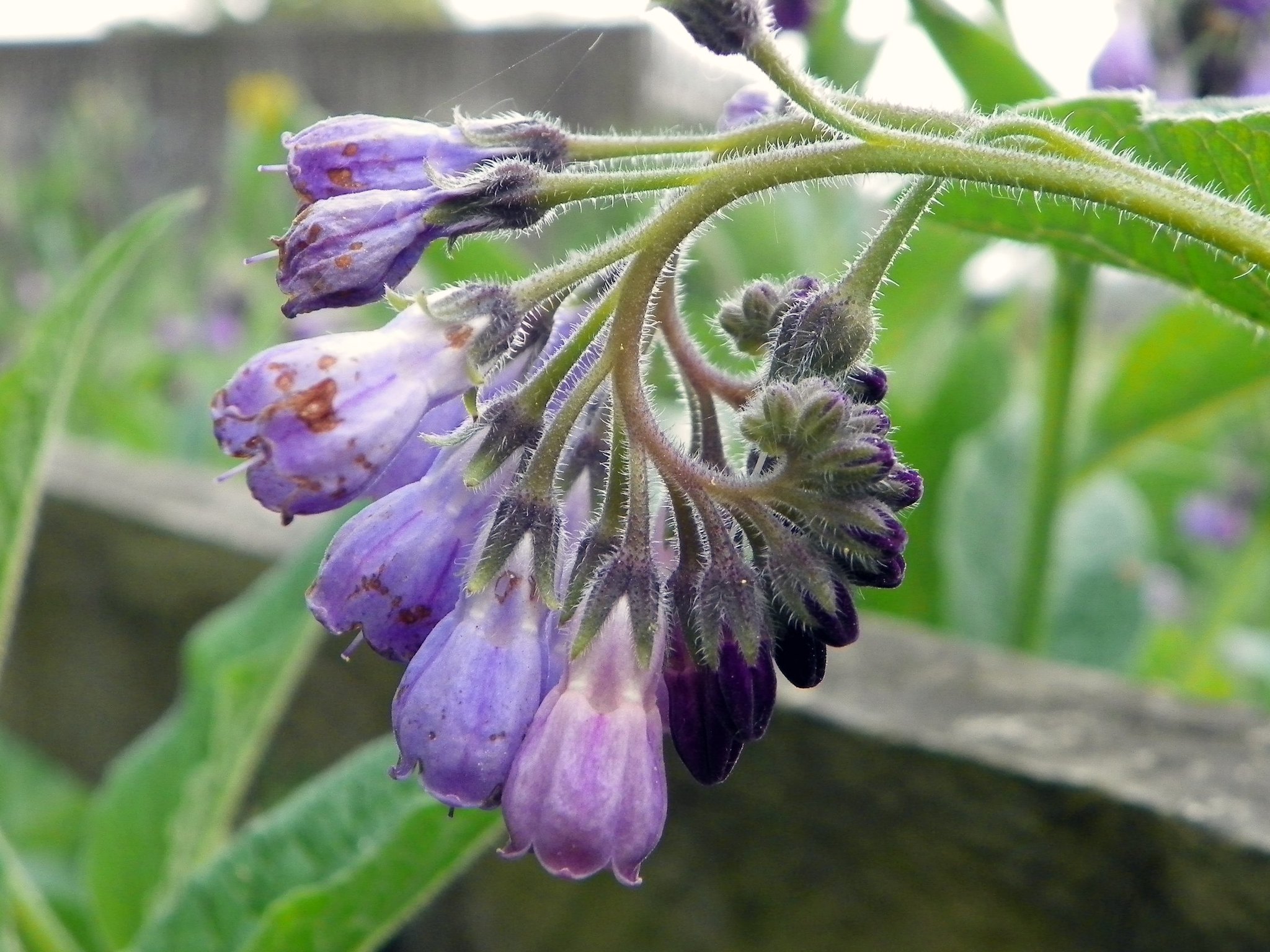
Traditional uses
In fact, comfrey’s botanical name is also derived from its traditional use. Symphytum, the genus name, comes from the Greek “symphis” (the process of growing together, particularly in reference to bones) and “phyton” (plant) = a plant that is able to bind broken bones. While mending bones may be comfrey’s claim to fame, it is but one of the plant’s remarkable capabilities.
In addition to healing a wide range of breaks, sprains and wounds, comfrey has been used to soothe all sorts of ulcers and hemorrhoids; relieve sore muscles, arthritis, and strained eyes; treat serious respiratory illnesses such as tuberculosis and whooping cough; improve an assortment of skin conditions, regulate menses, and address the presence of blood in the urine.
With comfrey’s fast-growing and prolific nature, the leaves were commonly used as nutrient-rich fodder for various livestock and a source of fertilizer for the garden. Leaves can be used as mulch or made into compost tea.
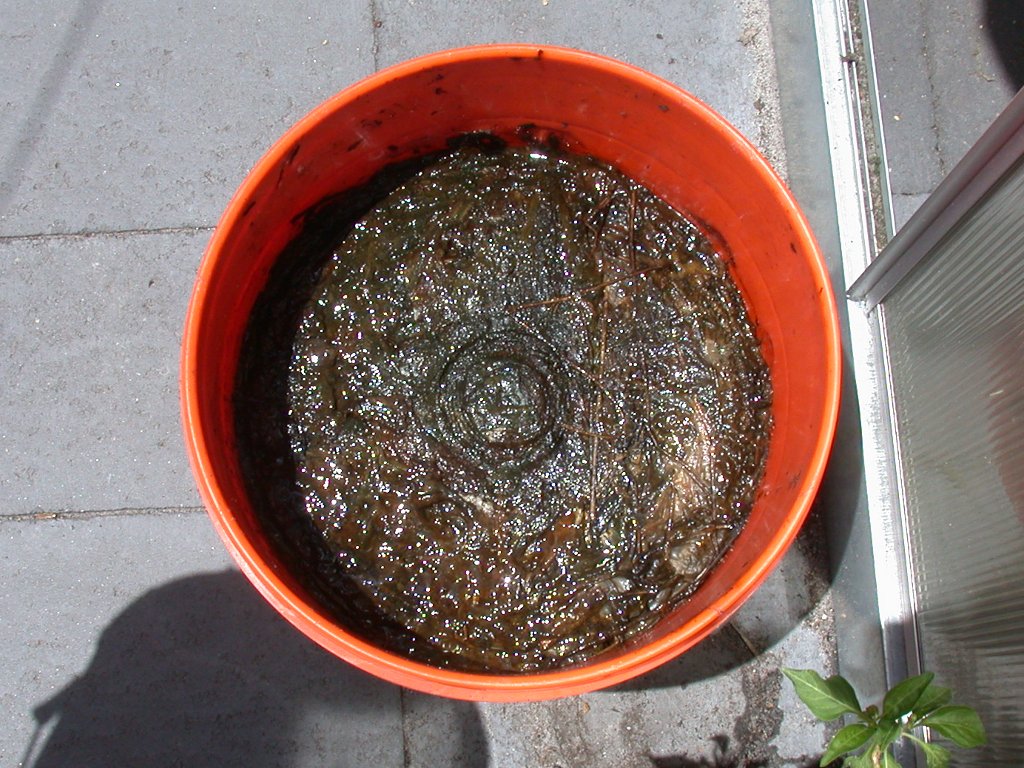
Medicinal properties
In both the East and the West, comfrey is recognized for a multitude of medicinal properties. Traditional Chinese medicine (TCM) calls on comfrey for its ability to help repair tissue, stop bleeding, clear heat, boost yin, and strengthen blood and “qi,” or life energy.
Similarly, Western medicine sees comfrey as vulnerary (wound healing), astringent, hemostatic, and cooling; as well as anti-inflammatory, demulcent, emollient and expectorant. Many of these properties are attributed to allantoin, a chemical compound naturally occurring in comfrey.
Alarming reports of comfrey’s toxicity came about in the 1970s, however, after inordinate amounts of comfrey fed to rats caused liver damage in the test animals. The medical community promptly shunned comfrey, disregarding the disproportionate dosage and the herb’s favorable past.
Pyrrolizidine alkaloids (PAs) found in comfrey are a group of toxins that can harm the liver; but their effects vary from species to species, and it would be highly unusual for a human to consume comfrey in quantities relative to those given the rats. Looking at it logically, it would be odd for such a powerful medicinal not to be harmful when taken in excess.
Regardless, many herbalists have continued the moderate use of comfrey internally with no ill-effects, and external use is widely accepted as safe. Ironically, scientists have begun researching the application of PAs for medicinal purposes.
How to grow comfrey
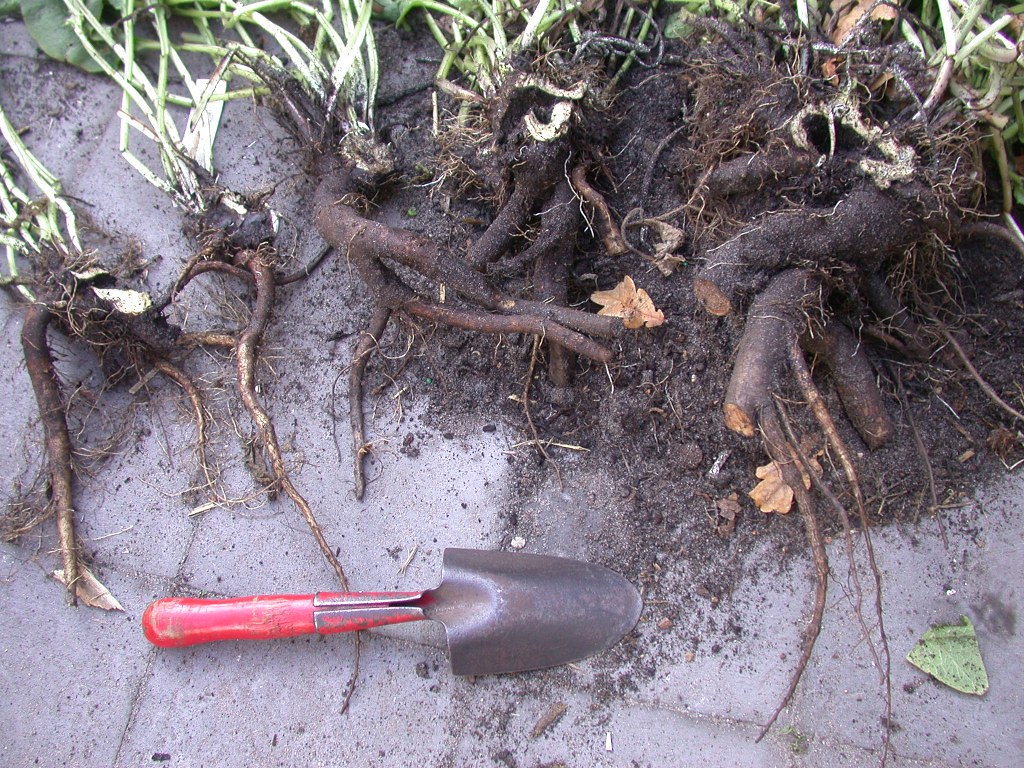
If you are still bold enough to grow comfrey in your garden. There could be nothing easier!
Comfrey enjoys full sun or partial shade, and a wide range of soils. The simplest way to propagate comfrey is by root cutting. While you can buy plants, roots are both easier to obtain and easier to plant. If you have a circle of gardening friends, there is a good chance someone has comfrey to share. The roots can be dug, but hardly destroyed, and whatever remnants remain in the ground will promptly sprout up new growth.
That said, you’ll want to put careful consideration into choosing a location, as it will probably be a permanent addition to your garden. In fertile soils it can grow quite large and robust, but average soil and sun will yield a modestly impressive plant of about three feet.
Root cuttings are ideally taken from dormant plants in the late fall or early spring; but anytime after it has been cut back will work with a healthy, robust plant. Dig deep enough to expose the roots on one side; then snip sound sections of sturdy root (half inch diameter or thicker), approximately four inches in length.
Place the cuttings horizontally in their new location about three inches deep. With consistent moisture and good drainage, you should see foliage sprouting up before long.
Home remedies with comfrey
Once you have your comfrey plants established, you will have a plentiful supply to experiment with, and there are tons of ways to try it. Aside from eating it fresh, probably the simplest and safest way to consume comfrey is as a tea.
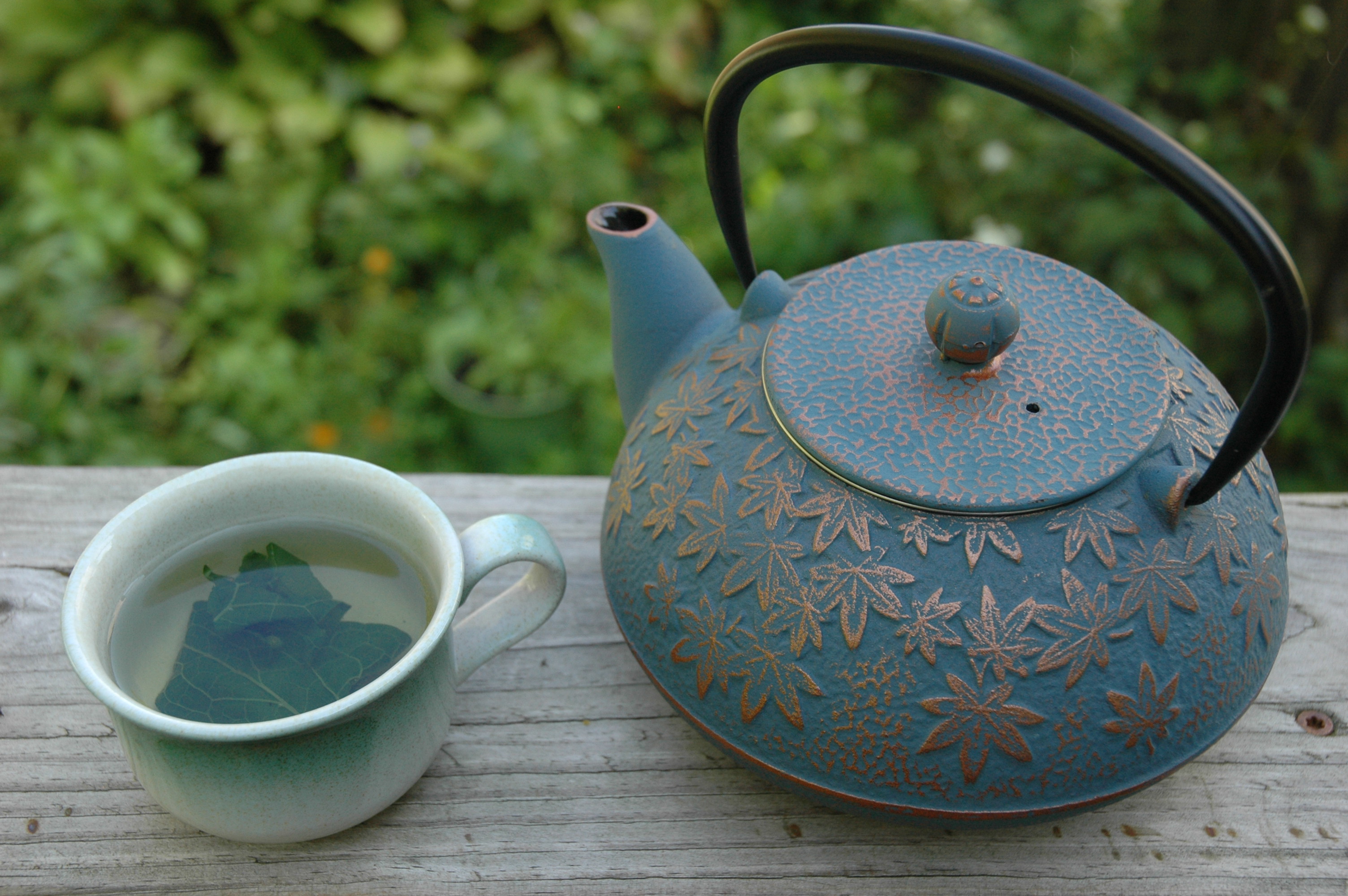
Comfrey tea
A hot tea can be made by pouring boiling water over a small amount (one teaspoon) of dried comfrey leaves or roots, or a larger amount of fresh material. Allow it to steep for ten minutes. A cold brew takes several hours, but is better for bringing out the soothing mucilaginous properties of the herb.
Comfrey tea can help with a wide variety of internal issues, including ulcers, digestive concerns, respiratory ailments, bladder and bowel irritations. Keep in mind: consuming large, concentrated amounts may adversely affect the liver.
For a healing wash or for oral hygiene, a stronger infusion is suitable. Allow a more generous amount of the herb to steep for several hours before straining. Surplus can be kept in the fridge for additional treatments.
On a larger scale, an herbal bath can be enjoyed by partially filling the tub with hot-only water and a contained quantity of the herb — like dried comfrey stuffed into a sock and tied. Fill the tub to adjust the water temperature after the “teabag” has steeped for 10 minutes or more. Comfrey baths are especially recommended for postpartum tears, hemorrhoids, and general aches or inflammation.
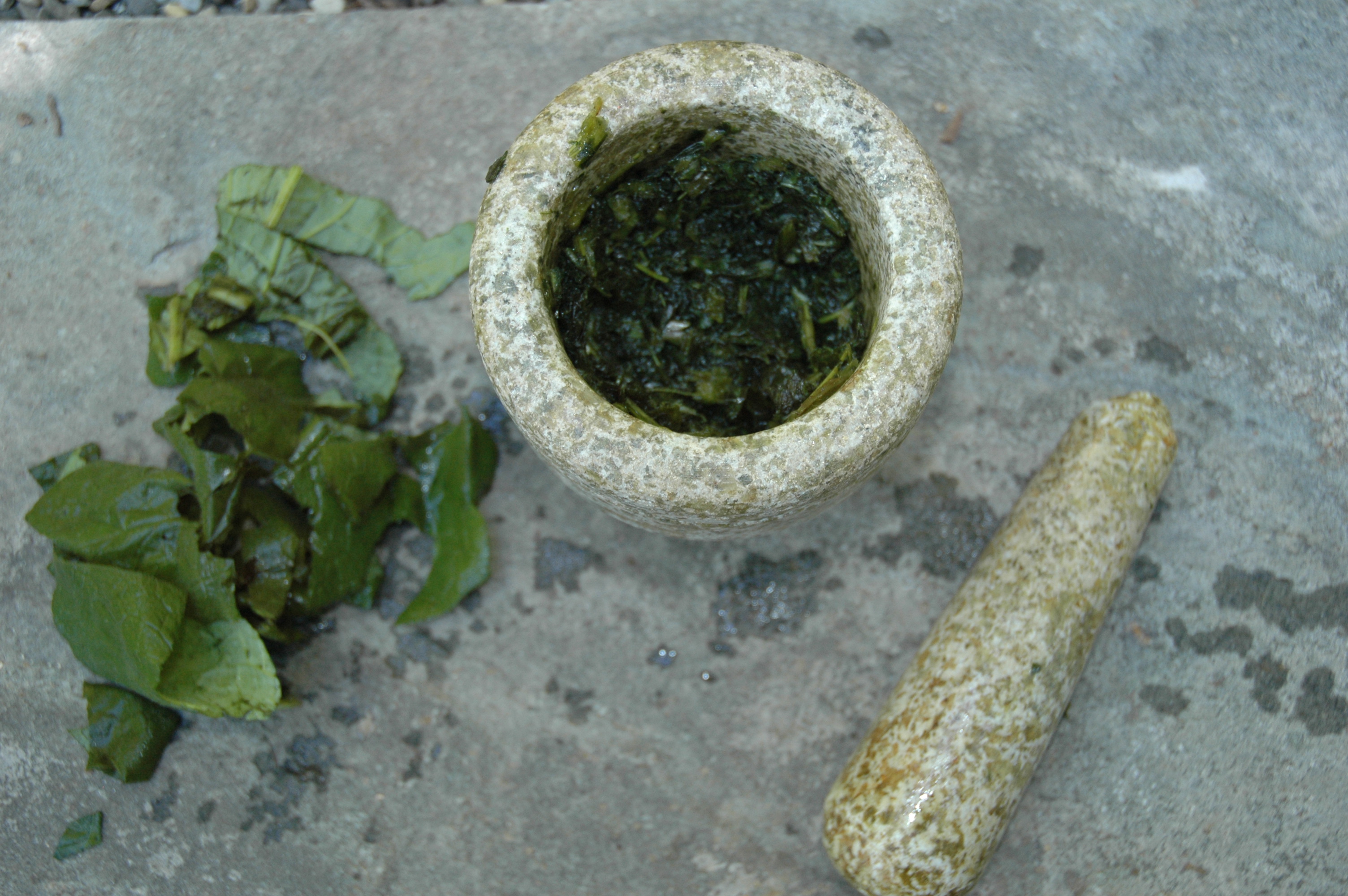
Poultice
Another effective way to treat inflammation, injury, and all sorts of skin conditions is the poultice. A poultice is basically crushed plant material applied topically. Fresh leaves and/or roots can be crushed or blended into a paste. Dry material should be ground into a powder form first, and mixed with warm water.
Apply the paste to the affected area and hold it in place with a cloth bandage. For best results, keep the poultice on for several hours or during sleep.
Salve
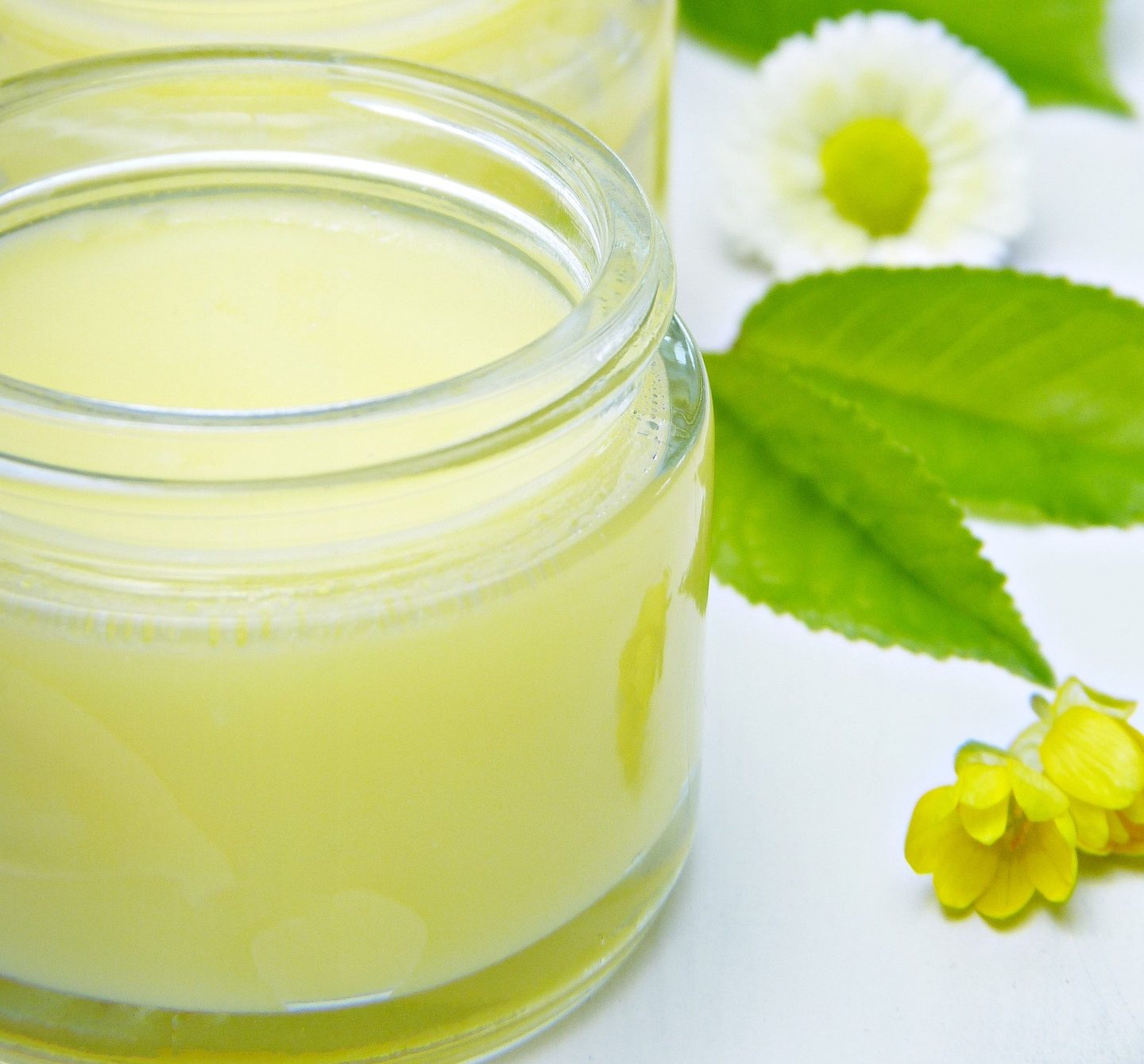
One of the most convenient forms of comfrey is a salve. Although it takes some preparation to make, this remedy is easy to apply and stores well at room temperature.
To make a salve, you first need to infuse some oil (olive or almond are popular choices) with comfrey. This can be done at room temperature over a few weeks, or heated for a couple of hours. Use dried herb to prevent moisture from spoiling your salve. The infused oil is strained and blended with beeswax while hot, then essential oils are added to enhance the medicinal qualities and act as a preservative.
Transfer into small, clean jars and use topically all year round for aches, bruises, skin irritations, bites and even fractures. Nicely packaged, this all-purpose salve also makes a thoughtful homemade gift.
Tinctures
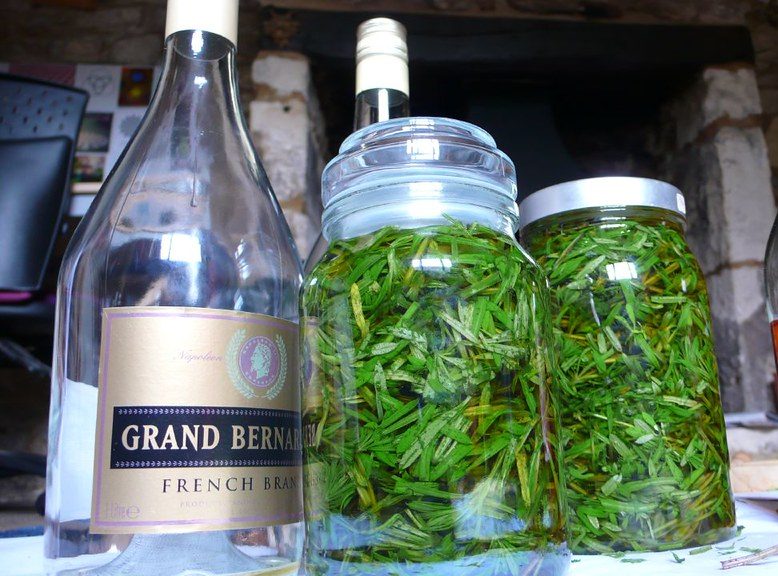
Tinctures capture the medicinal qualities of an herb in alcohol. They are used in small amounts (drops) taken orally, but can also be used in a topical spray.
To make a tincture, stuff a glass jar with fresh, crushed leaves or chopped roots, or more finely cut dry material. Cover the herb completely with a strong alcohol like vodka. If you will only be using it topically, you can use rubbing alcohol, but be sure to label it appropriately.
Place the jar in a warm, dark area and shake daily for two weeks. Strain out the liquid and store it in amber bottles.
Tinctures can be added to hot tea or other liquids to promote internal healing as mentioned above. They can also be sprayed topically or applied with a cotton ball to affected areas.
Thinking ahead
- Dry or freeze fresh comfrey leaves in the summer when they are plentiful so you won’t be without them in the winter.
- Comfrey paste layered between two clean cloths and placed in a freezer bag will double as an ice pack and a healing poultice — ready and waiting.
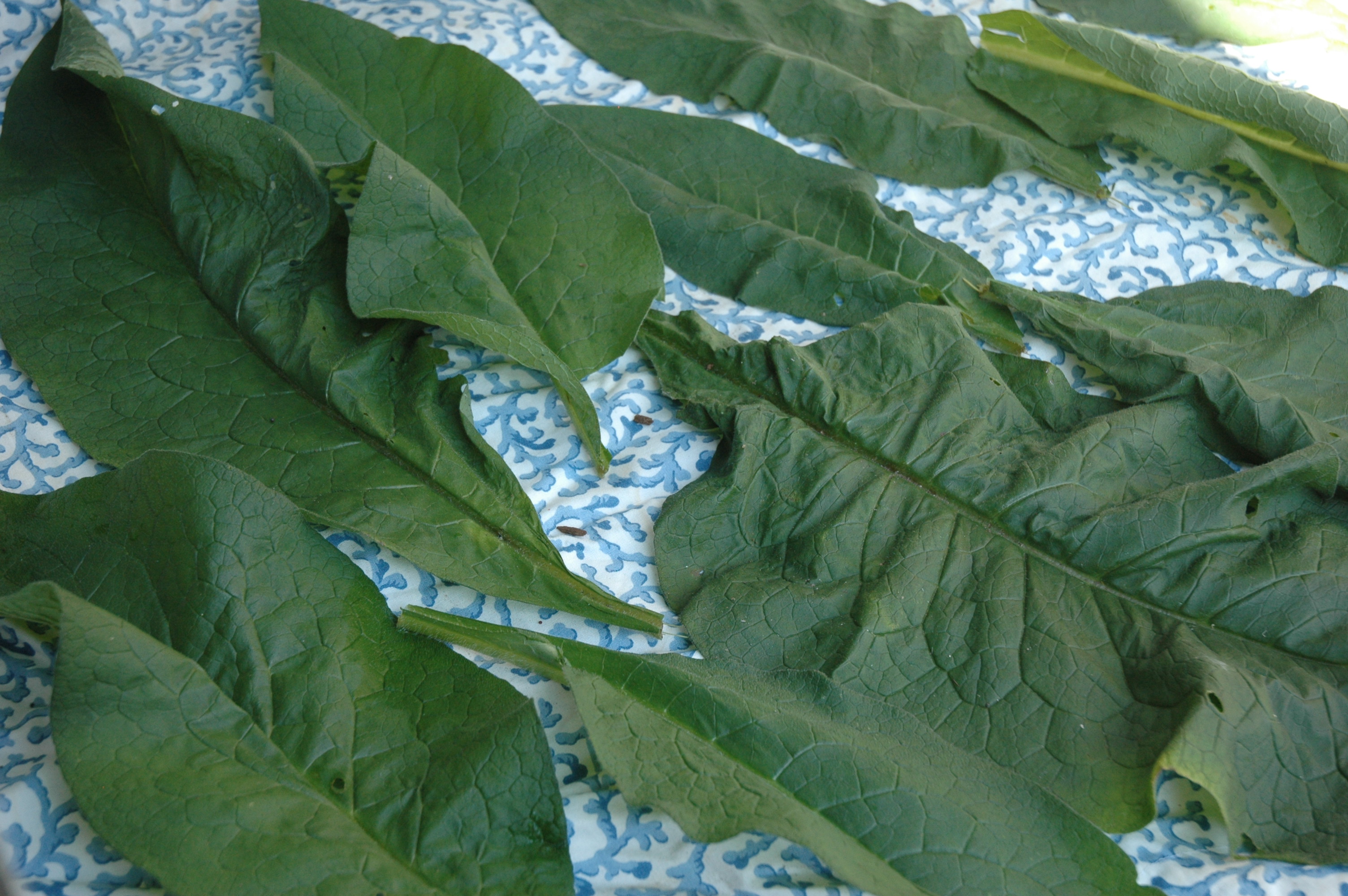
While comfrey root and leaf were once commonly taken orally — either as an herbal infusion or a fresh vegetable — for safety’s (and liability’s) sake it is rarely recommended for anything internal today.
Topical applications like salves, poultices and washes are considered safe in moderation, as long as you are not applying to an open wound — the concern being that fast-acting comfrey could heal the wound with an infection locked inside.
If you choose to consume comfrey, please keep in mind the following precautions:
- The root is more potent than the leaf
- Consider taking an herbal liver support (such as green tea, ginger, milk thistle, or turmeric) simultaneously
- Internal use of comfrey is not recommended for children, pregnant women, or those with a known liver condition.







